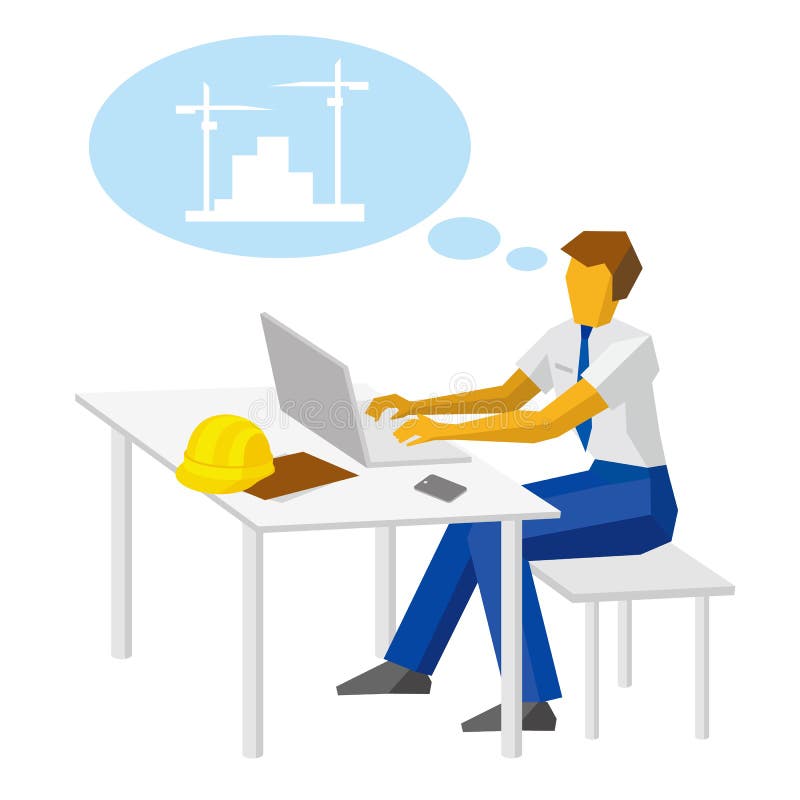


As Goldman Sachs noted in a recent report (bold by me): Now the outbreak is ebbing in the United States, but the difficulty in hiring workers - at least at the wages that employers are used to paying - is providing new momentum for automation.Īnd to be sure, there is something really happening here.

Businesses from factories to fast-food outlets to hotels turned to technology last year to keep operations running amid social distancing requirements and contagion fears. Now as the pandemic lingers on, those concerns are creeping back, as exemplified by this New York Times story last summer “ Pandemic Wave of Automation May Be Bad News for Workers.” From the piece:Īn increase in automation, especially in service industries, may prove to be an economic legacy of the pandemic. Phantom Auto/Arcbest/Joseph White/Handout via REUTERS A 2018 Pew Research poll found that 82 percent of US adults said that “by 2050, robots and computers will definitely or probably do much of the work currently done by humans.” (Interestingly, just 37 percent of employed adults said say robots or computers will do the type of work they do by that year.) A remote-operated forklift developed by ArcBest Corp and Phantom Auto. But given the plethora of news stories about big advances in AI machine learning and robotics, automation concerns were hardly surprising. Leading into the coronavirus pandemic, there was considerable conversation about automation and the “future of work.” That, even though the jobless rate was at a half-century low and wages were rising fastest for lower-income Americans.


 0 kommentar(er)
0 kommentar(er)
